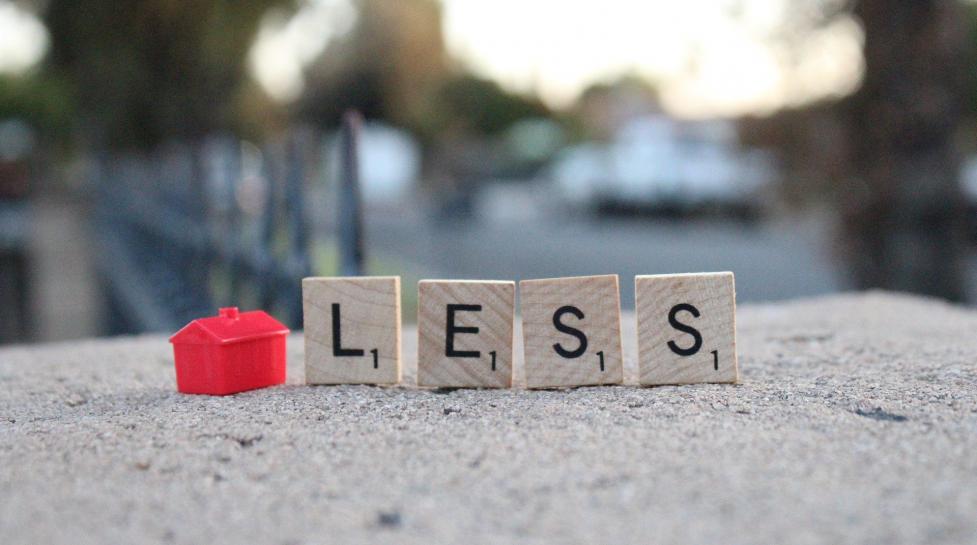Community stigma and lack of understanding about homelessness are often cited as concerns by community members and stakeholders. Some residents may not realize how broadly homelessness reaches and how easily it could happen to them, their friends or their neighbors.
Who experiences homelessness in Boulder?
Adults, youth and families can all experience homelessness. They may be chronically homeless, with a long-term or repeated history of homelessness, or situationally homeless, pushed into homelessness by a sudden shock such as job loss or illness.
While people experiencing chronic homelessness are the most vulnerable and are of highest priority for connection to housing and services, they make up about ¼ of the unhoused population in Boulder. The remaining ¾ of unhoused persons in Boulder are considered situationally homeless. Each January, the city participates in the Annual Point in Time Count through Metro Denver Homeless Initiative. The Point in time Count is not meant to be a definitive description of homelessness in Boulder County but can give some insight into the condition of homelessness. Due to COVID-19, no Point in Time Count was conducted in 2021. Click here to see a summary of the Boulder County 2020 Point in Time Count results.
For more information on who experiences homelessness in Boulder, view pages 11-13 and Appendix D of the city's homelessness strategy or visit the Homelessness Services Dashboard.
Why do people experience homelessness in Boulder?
There are several reasons why people experience homelessness in Boulder:
- The growing gap between wages and cost of living
- High housing costs
- Family instability and domestic violence
- Health problems
Chronically homeless individuals often have significant and serious disabling conditions, including mental and physical health conditions and substance use disorders. These conditions may have been the cause of the person’s homelessness or exacerbate a person’s unhoused condition. People experiencing chronic homelessness have also been experiencing homelessness for a lengthy period of time, which can lead to a significant barrier to ending their homelessness. People in this situation are often connected with intensive housing and support interventions such as Permanent Supportive Housing.
The remaining Programs such as Keep Families Housed, Diversion, or Navigation Services can help the situationally homeless reach self-sufficiency or prevent homelessness in the first place.
For more information about the causes of homelessness in the front range, please see the Metro Denver Homeless Initiative 2020 State of Homeless report.
For more information please see Homelessness in Boulder.
